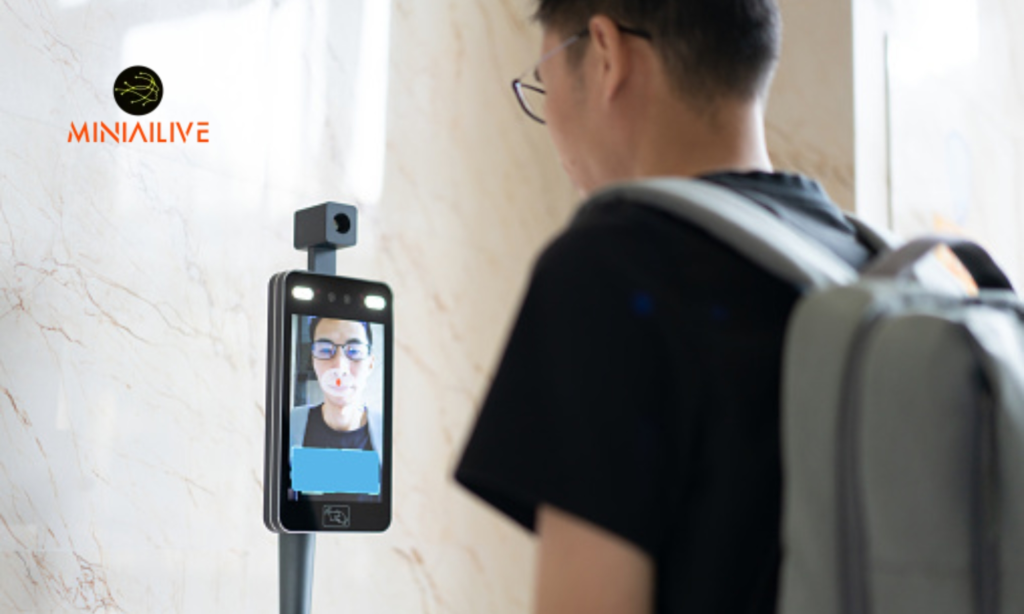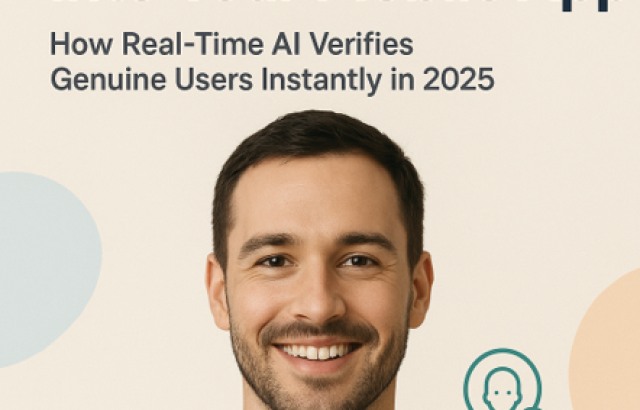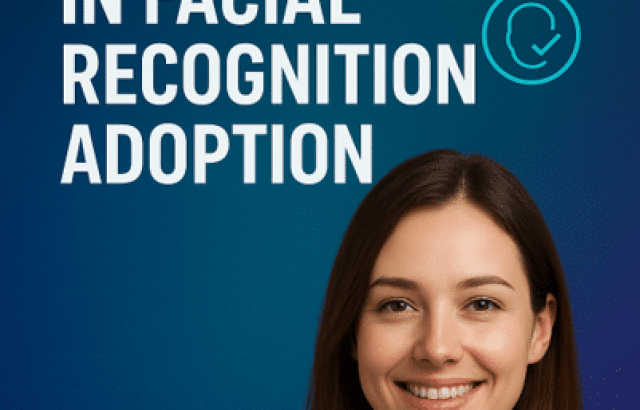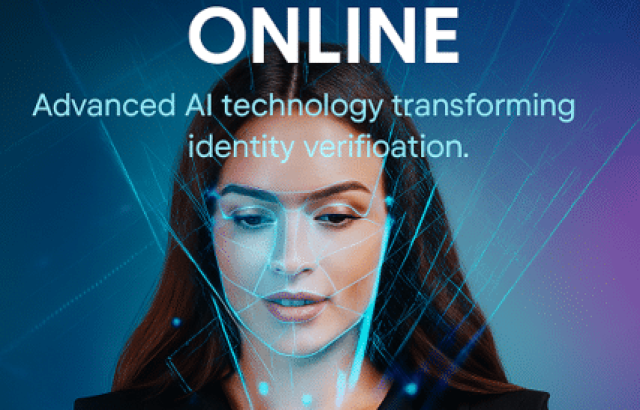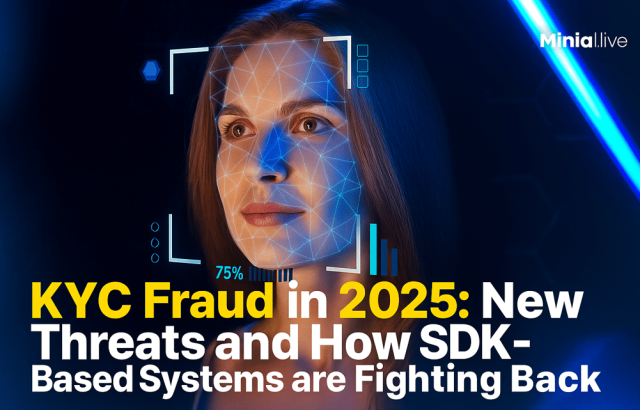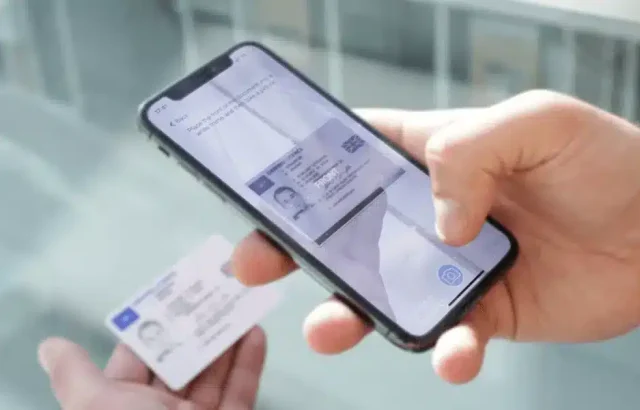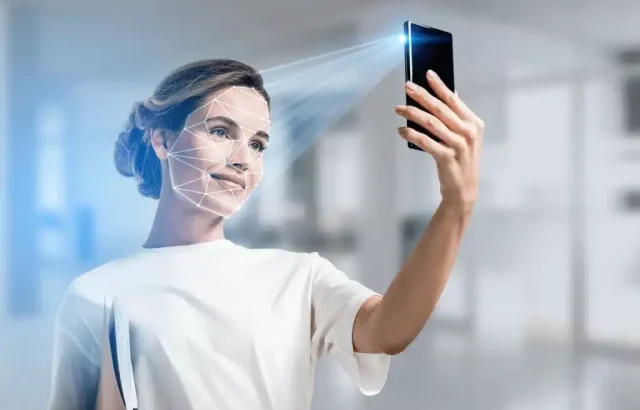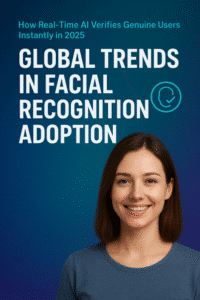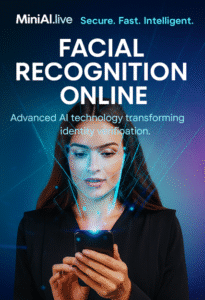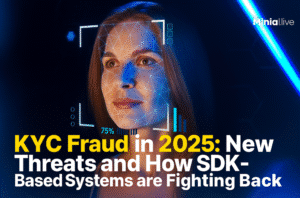Frictionless Facial Liveness is a biometric technology that ensures a user’s face is real and not a spoof. It provides seamless and secure verification.
Frictionless Facial Liveness leverages advanced algorithms to detect and authenticate live faces without any user friction. This technology is crucial in combating identity fraud and enhancing security in digital transactions. Users benefit from a seamless experience, as they no longer need to perform complex gestures or actions to prove their presence.
The technology works in real-time, ensuring quick and accurate verification. Businesses across various sectors, including finance and healthcare, adopt this to improve user trust and security. Its ease of use and robust security features make it an essential tool in modern authentication systems.
Introduction To Facial Liveness
Facial liveness is a security measure in biometrics. It ensures a face is real and not a spoof. This technology is crucial for modern security.
What Is Facial Liveness?
Facial liveness detects if a face is alive. It prevents spoofing attacks using photos, videos, or masks. The system checks for signs of life.
- Blinking eyes
- Moving lips
- Head movements
These signs confirm the person is real. Advanced algorithms analyze these signs. They ensure accuracy and reliability.
Importance In Modern Security
Facial liveness is vital in today’s world. It protects against identity theft and fraud. Many industries use this technology.
| Industry | Use Case |
| Banking | Secure transactions |
| Healthcare | Protect patient data |
| Travel | Verify passengers |
The technology ensures only authorized users access services. It enhances security without compromising user experience. Users feel safe and secure.
Challenges In Traditional Methods
Traditional facial liveness methods have many challenges. These methods often fail to ensure accurate results. Users face various issues that impact overall security and experience. Below, we discuss the main challenges.
False Positives And Negatives
Traditional methods struggle with false positives and false negatives. These errors can allow unauthorized access or deny legitimate users. False positives happen when the system wrongly grants access. False negatives occur when it wrongly denies access.
Different lighting conditions and angles often cause these errors. This inconsistency can harm the credibility of the system. The accuracy rate often drops, making the method unreliable.
User Experience Issues
User experience is crucial for any authentication system. Traditional methods often require multiple attempts. This can frustrate users. Long wait times and repeated failures degrade the user experience.
These systems might need users to follow specific instructions. For example, they might ask users to look in different directions or blink. Such requirements can be confusing and inconvenient.
Below is a table showing common user experience issues:
| Issue | Description |
| Multiple Attempts | Users need to try several times for successful authentication. |
| Confusing Instructions | Users find it hard to follow complex steps. |
| Long Wait Times | Slow system responses lead to a poor user experience. |
An ideal system should be quick and easy to use. It should also ensure high accuracy. Traditional methods often fail to meet these criteria.
Advancements In Technology
The world of Frictionless Facial Liveness is evolving rapidly. Advancements in technology are driving this change. These innovations enhance security and user experience. Let’s explore the key advancements.
AI And Machine Learning
Artificial Intelligence (AI) and Machine Learning (ML) play crucial roles. They improve facial recognition accuracy. AI algorithms detect subtle facial movements. These movements confirm if a face is real. ML models learn from vast datasets. They adapt and improve over time.
AI and ML offer several benefits:
- Enhanced security
- Faster processing
- Reduced false positives
- Continuous improvement
These technologies work together seamlessly. They create a robust facial liveness detection system.
3d Facial Recognition
3D Facial Recognition is another major advancement. This technology captures facial depth. It uses multiple cameras or sensors. These devices map facial contours precisely.
3D recognition provides several advantages:
- Greater accuracy
- Better spoof detection
- Improved user experience
Below is a comparison of 2D vs 3D Facial Recognition:
| Feature | 2D Facial Recognition | 3D Facial Recognition |
| Accuracy | Lower | Higher |
| Spoof Detection | Basic | Advanced |
| Depth Information | None | Included |
3D technology ensures higher reliability. Users experience seamless and secure authentication.
Benefits Of Frictionless Facial Liveness
Frictionless Facial Liveness is revolutionizing digital security and user experience. This technology offers numerous advantages. It enhances security and user convenience. Below, we explore these benefits in detail.
Enhanced Security
Frictionless Facial Liveness greatly improves security measures. Traditional passwords are easy to forget or steal. Facial recognition is harder to fake. This technology ensures the user is present during authentication. It reduces the risk of spoofing attacks.
Enhanced security features include:
- Real-time verification: Confirms the user is alive and present.
- Anti-spoofing technology: Detects fake faces and photos.
- Biometric accuracy: High precision in identifying unique facial features.
These features make systems more secure. They protect sensitive information effectively.
Improved User Convenience
Frictionless Facial Liveness makes user interaction seamless. There is no need to remember passwords. Users can access systems quickly and easily. This improves overall user satisfaction.
Key convenience benefits include:
- Instant access: Quick and easy authentication.
- Hands-free operation: No need to type or touch devices.
- Seamless integration: Works well with various devices and platforms.
These benefits streamline user experience. They save time and reduce frustration. Users enjoy a smooth, efficient process.
Frictionless Facial Liveness is a game-changer. It offers robust security and unmatched convenience. This makes it a valuable addition to modern technology.
Implementation Strategies
Implementing frictionless facial liveness enhances security and user experience. This strategy ensures seamless verification, reducing fraud risks.
Implementing frictionless facial liveness can be a game-changer for security. Here are key strategies to follow for a smooth transition.
Integration With Existing Systems
Integrating facial liveness with current systems is crucial. Start by assessing your existing infrastructure. Identify all touchpoints where facial recognition will interact. Use APIs to connect facial liveness tech with your system. Ensure data privacy and security compliance at every step.
Scalability And Flexibility
Scalability ensures the system grows with your business. Choose solutions that support high user volumes. Opt for cloud-based services for better scalability. Ensure flexibility to adapt to different use cases. Test the system under varying conditions to ensure robustness. “`
Case Studies
Frictionless facial liveness technology is revolutionizing various industries. By ensuring that facial recognition systems can detect live users, this technology enhances security and user experience. Below are some case studies highlighting its impact in different sectors.

Banking Sector
The banking sector has seen significant improvements with frictionless facial liveness technology.
- Enhanced Security: Banks use this technology to prevent fraud and ensure secure transactions.
- Seamless Onboarding: New customers can open accounts quickly without visiting a branch.
- Customer Convenience: Users can access services remotely, making banking more accessible.
For example, XYZ Bank implemented facial liveness technology. They reported a 30% reduction in fraud cases within six months. Customer satisfaction also improved, with a 20% increase in positive feedback.
Healthcare Applications
In healthcare, frictionless facial liveness technology is transforming patient interactions.
- Remote Consultations: Patients can verify their identity during telehealth sessions.
- Secure Access: Medical staff can access sensitive information with facial recognition.
- Patient Records: Ensures that patient data is accessed by authorized personnel only.
ABC Hospital adopted this technology for remote consultations. They saw a 25% increase in patient engagement. Additionally, the hospital noted a 15% decrease in administrative errors.
| Sector | Benefit | Impact |
| Banking | Enhanced Security | 30% reduction in fraud |
| Healthcare | Remote Consultations | 25% increase in engagement |
Future Trends
The future of Frictionless Facial Liveness is bright and full of potential. This technology is evolving rapidly. It promises enhanced security and convenience. Let’s explore some exciting future trends in this field.
Biometric Innovations
Biometric technologies are improving every day. New methods are making facial recognition more accurate. Future innovations will focus on reducing false positives. This means better security for everyone.
3D facial mapping is one such innovation. It uses depth sensors to create a detailed map of the face. This makes it hard to fool the system with photos or masks. Another trend is the use of AI and machine learning. These technologies can detect subtle changes in facial expressions. This ensures the person is real and not a spoof.
Here are some key areas of biometric innovation:
- Enhanced 3D facial mapping
- AI-driven facial recognition
- Advanced liveness detection algorithms
- Integration with other biometric systems
Global Adoption
Many countries are adopting facial liveness technology. This is due to its high security and convenience. Businesses and governments see the benefits. Adoption rates are rising worldwide.
Here is a brief look at global adoption trends:
| Region | Adoption Rate | Key Sectors |
| North America | High | Banking, Airports, Law Enforcement |
| Europe | Moderate | Healthcare, Government Services |
| Asia-Pacific | Rising | Retail, Education, Public Safety |
| Middle East | Emerging | Finance, Smart Cities |
Businesses are adopting this technology quickly. They see its potential for improving user experience and security. Governments are also investing in facial liveness. They use it for secure identity verification and public safety.
Frequently Asked Questions
What Is Frictionless Facial Liveness?
Frictionless facial liveness is a biometric technology that verifies a person’s presence using facial recognition without requiring active user input.
How Does Facial Liveness Detection Work?
Facial liveness detection uses advanced algorithms to differentiate between real human faces and fake representations like photos or videos.
Why Is Facial Liveness Important?
Facial liveness is crucial for preventing fraud, ensuring security, and enhancing user experience in biometric systems.
Can Facial Liveness Improve User Experience?
Yes, it provides seamless authentication without extra steps, making the process faster and more user-friendly.
What Industries Use Facial Liveness Detection?
Industries like banking, healthcare, and e-commerce use facial liveness detection for secure, efficient customer verification.
Is Frictionless Facial Liveness Secure?
Yes, it employs sophisticated algorithms to ensure high security, effectively deterring spoofing attempts and fraudulent activities.
Conclusion
Embracing frictionless facial liveness can transform user authentication experiences. This technology ensures security and convenience without compromising speed. As digital interactions grow, investing in robust, user-friendly solutions becomes crucial. Explore frictionless facial liveness to enhance both safety and user satisfaction.
Stay ahead in the digital age with seamless and secure authentication methods.

